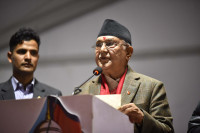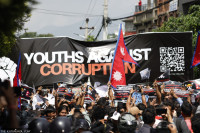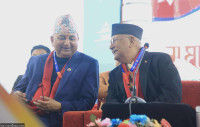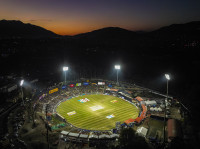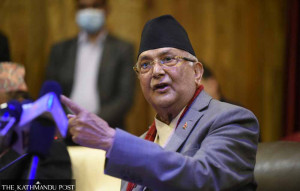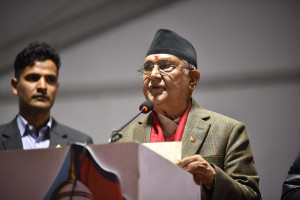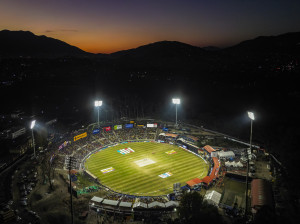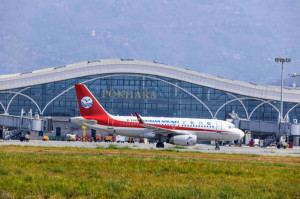Editorial
Politics of stability
UML-MC unification is good news but it shouldn’t come at cost of other parties and civil society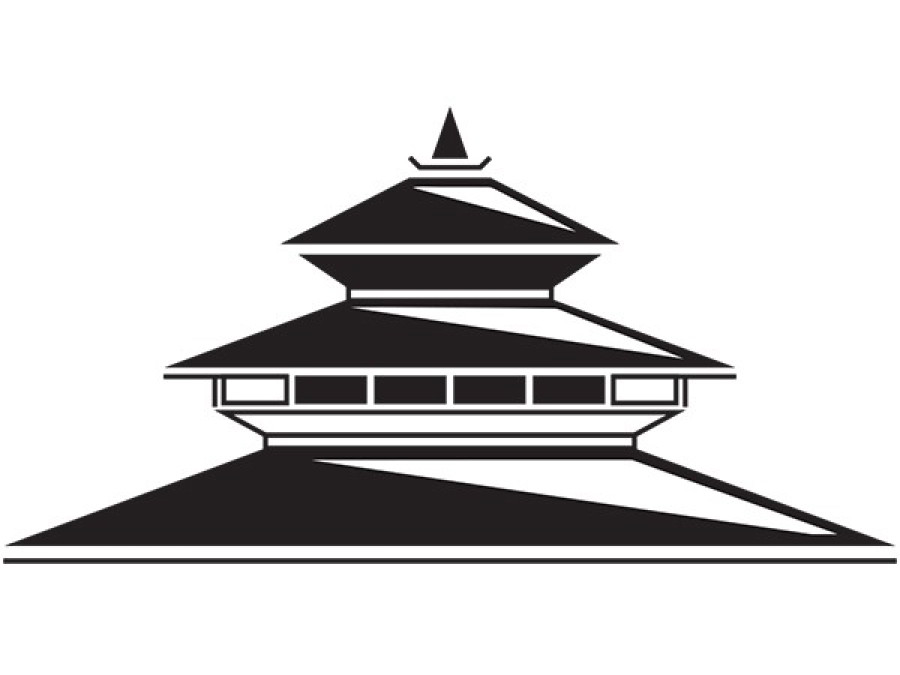
The unification of the CPN-UML and the CPN-Maoist Centre to form what has been
simply titled the Nepal Communist Party is a momentous development in Nepali political history. This is the first time in history that two major communist parties have united to form a single bloc.
The unification will have ramifications that go far beyond just the communist movement. With the unification, Nepal has decisively entered a two-party system of competition. The fragmentation of the political landscape in recent years had led to great instability in government and undesirable outcomes such as parliamentary horse trading. Granted, other smaller parties continue to exist in parliament. But it is now clear that two parties—the newly formed NCP and the Nepali Congress—will be the key determinants in the politics of the future. It will be much more difficult than before to topple governments. The stability that the unification will bring to the political sphere is to be welcomed.
Negotiations over the formation of the NCP were protracted and exceedingly difficult. CPN-MC Chairman Pushpa Kamal Dahal was insecure about his position and the position of other Maoist members in the unified party. He worried that he would lose status and that the party he led for such a long time would simply dissolve into the UML. Unification became possible only after Prime Minister KP Oli assuaged his fears. The UML has granted the Maoists a very large share in key decision-making bodies. There are 19 former Maoists in the NCP’s standing committee as compared to 26 UML members. In the central committee, there are 200 Maoists and 241 UML members. Oli is said to have promised to share chairmanship of the party with Prachanda and hand over the position of prime minister to him in three years’ time, though even their closest aides aren’t sure if such a deal has been reached upon.
These are exceedingly generous terms for the Maoists, especially since they have not performed very well electorally in recent years. Oli’s decision to grant such terms to the Maoists indicates the value that he places on the unification. Being a shrewd political operator, he appears to have realised that making sacrifices now will be to his benefit in the future.
He sees political stability to be pivotal to deliver on his commitment to economic growth.
The unification of the two parties does not mean that all problems have been solved. There will be continuing antagonisms within factions. It remains to be seen how senior UML leaders, Madhav Kumar Nepal, for example, will respond to the new party structure. It is also unclear whether all promises that have been made to Pushpa Kamal Dahal will be met.
On a broader note, there are also fears regarding the establishment of such a large and monolithic party. It is to be hoped that the NCP does not encroach upon democratic freedoms. And that it respects the political relevance of the main opposition Nepali Congress, the Madhes-based parties and, significantly, that of the much muted civil society. It will have to continue treating smaller parties representing specific identity interests with respect. While the two communist parties have unified, there remains the major task of reaching out to the population and attracting support from the wide variety of people who live in Nepal.




 12.12°C Kathmandu
12.12°C Kathmandu